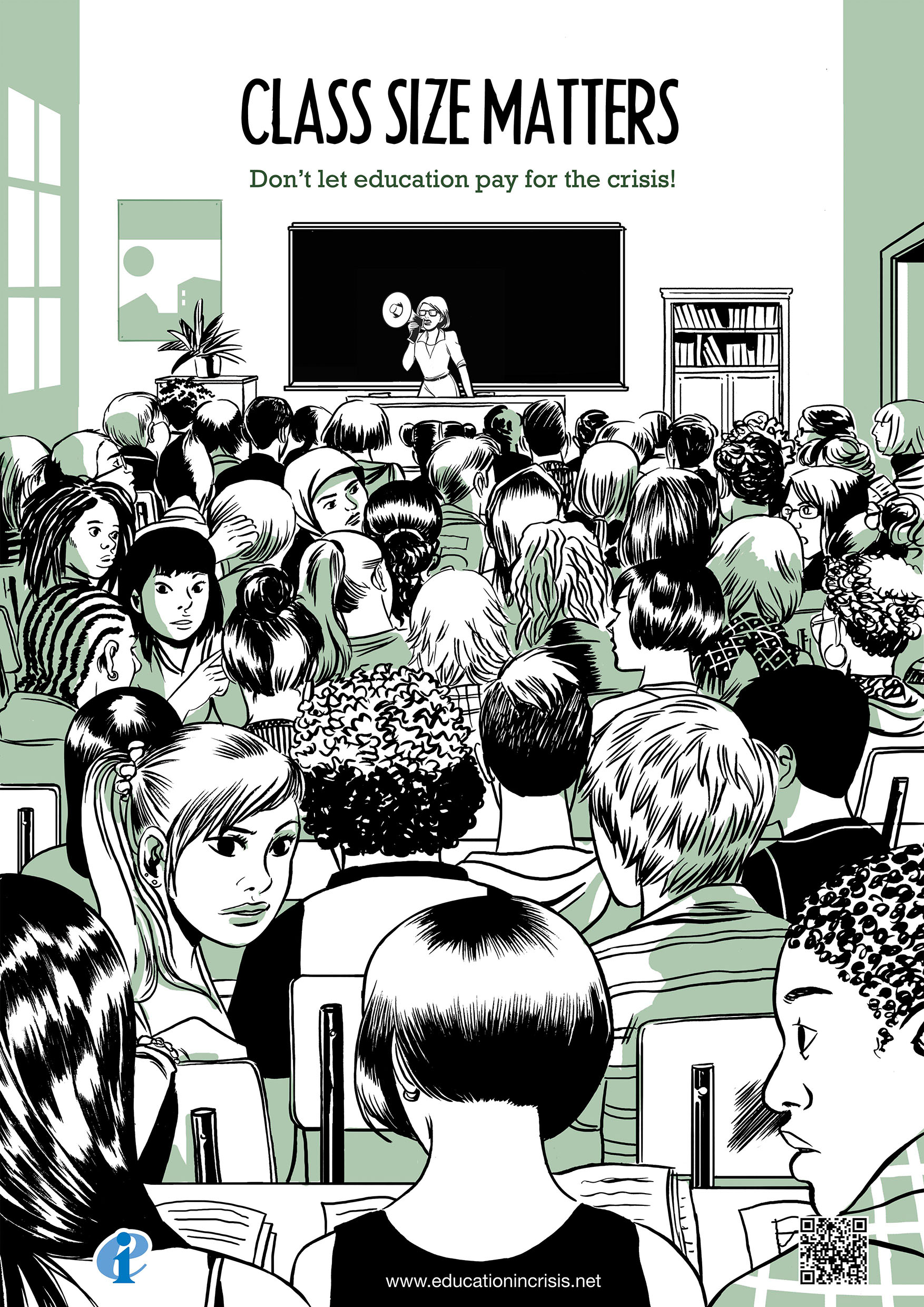- The number of students in a given course or classroom
- Either the number of students being taught by individual teachers in a course or classroom
- The average number of students being taught by teachers in a school, district, or education system. The term may also extend to the number of students participating in learning experiences that may not take place in a traditional classroom setting, or it may also refer to the total number of students in a particular grade level or “class” in a school (although this usage is less common in public education).
It should be noted that schools, districts, and state and federal education agencies commonly track and report “average class sizes.”
While average class sizes are commonly expressed as a ratio of students to teachers, a “student-teacher ratio” is usually different than average class size.
Smaller Class Size
- Improves school and student performance.
- Teachers can devote more time and attention to each student, including more time diagnosing specific learning needs, critiquing work products, and giving students one-on-one instruction and academic support.
- Increases the amount of one-on-one attention, personalized instruction, or academic support for students. In small learning communities, students are paired with teachers, counselors, and support specialists who, over time, get to know the students and their specific learning needs well, enabling them to educate the students more effectively. Even though the average student-teacher ratio in a school may or may not change in small-learning-community settings, students will be grouped and supported in ways that can potentially reproduce the benefits of smaller class sizes.
Issues:
- Whether simply lowering student-teacher ratios will lead to improved student learning and academic achievement—particularly on a large scale, such as in a state’s public-education system.
- While reducing class sizes, and the attendant professional burdens placed on teachers, seems to be a logical way to improve the amount of instructional time and attention given to each student, research studies have found mixed results: some indicate that smaller class sizes produce educational benefits for students, but others suggest that strong teaching is the main factor, and that simply hiring more teachers—who may not necessarily more experienced and skilled teachers—will simply increase educational costs without producing the desired results.
- Costs: critics of lower student-teacher ratios may argue that an effective teacher can teach a larger class of students better than an ineffective teacher can teach a smaller class, and therefore the benefits do not justify the increased costs. Proponents may counter that both effective and less-effective teachers will be moreeffective in smaller classes, and that such across-the-board benefits for all students justify the additional costs. Of course, many other nuanced arguments are also made on both sides of the debate.
- Technical arguments. For example, there is ongoing debate over the exact point at which students begin to benefit from smaller classes. Some evidence suggests that lowering class sizes may not have a positive effect on student achievement until the average size drops below 20 students, and that educational benefits are measureable only when student-teacher ratios fall to 18 to 1 or 15 to 1. In this case, a state might expend a significant amount of time, human resources, and money on reducing average class sizes, for example, but then fail to reduce ratios enough to see any measurable benefits.
- The most optimal class size for students of different ages or grade levels. For example, younger students typically require more time, attention, and instructional support from teachers, and some studies have a correlation between smaller class sizes at the elementary level and better academic results, particularly for high-need student populations and when smaller class sizes are maintained across grade levels (e.g., kindergarten through third grade). For this reason, some educators and experts argue that class size is a more important instructional factor when students are younger, and that the benefits of small class sizes diminish as students age and progress in their education.
